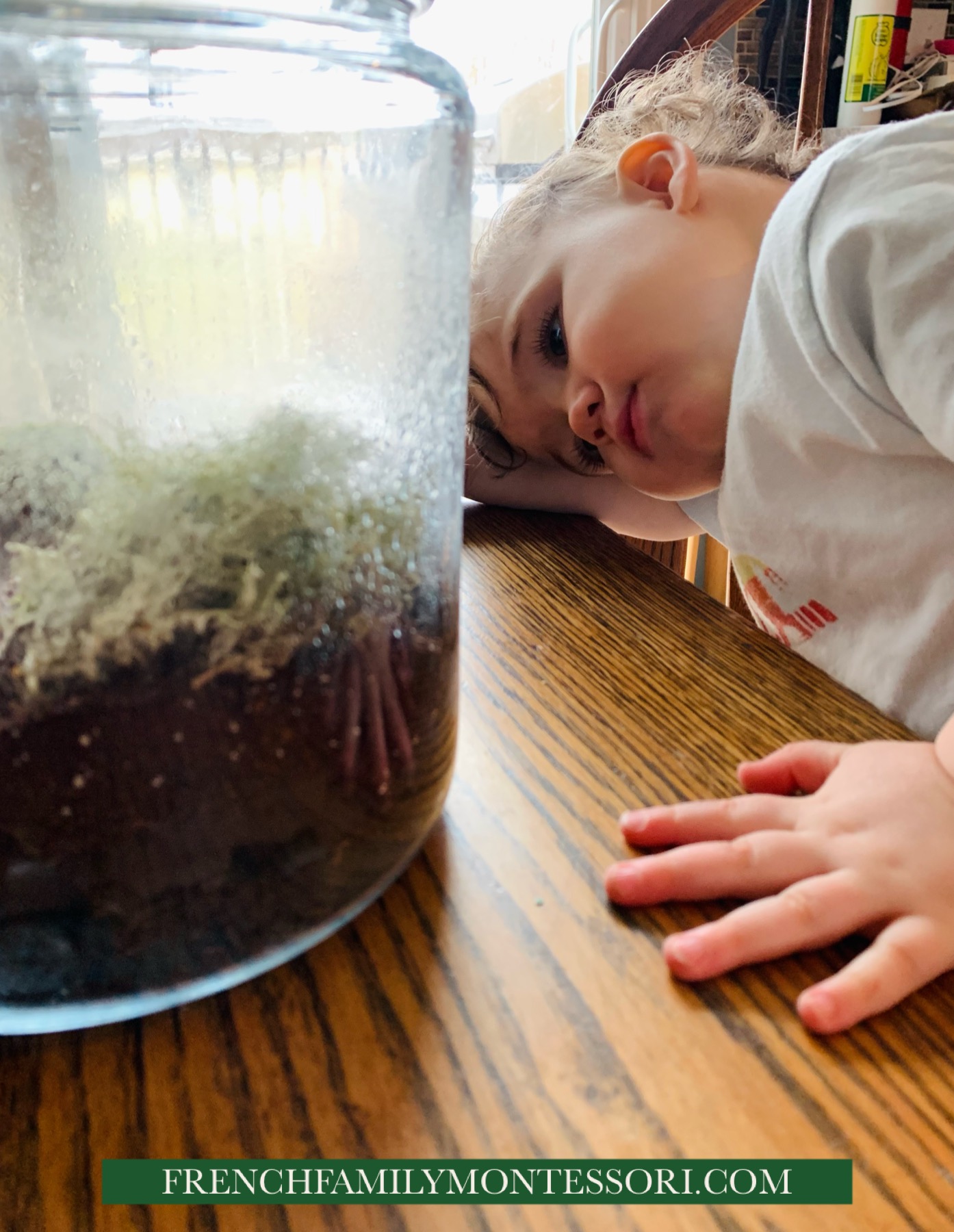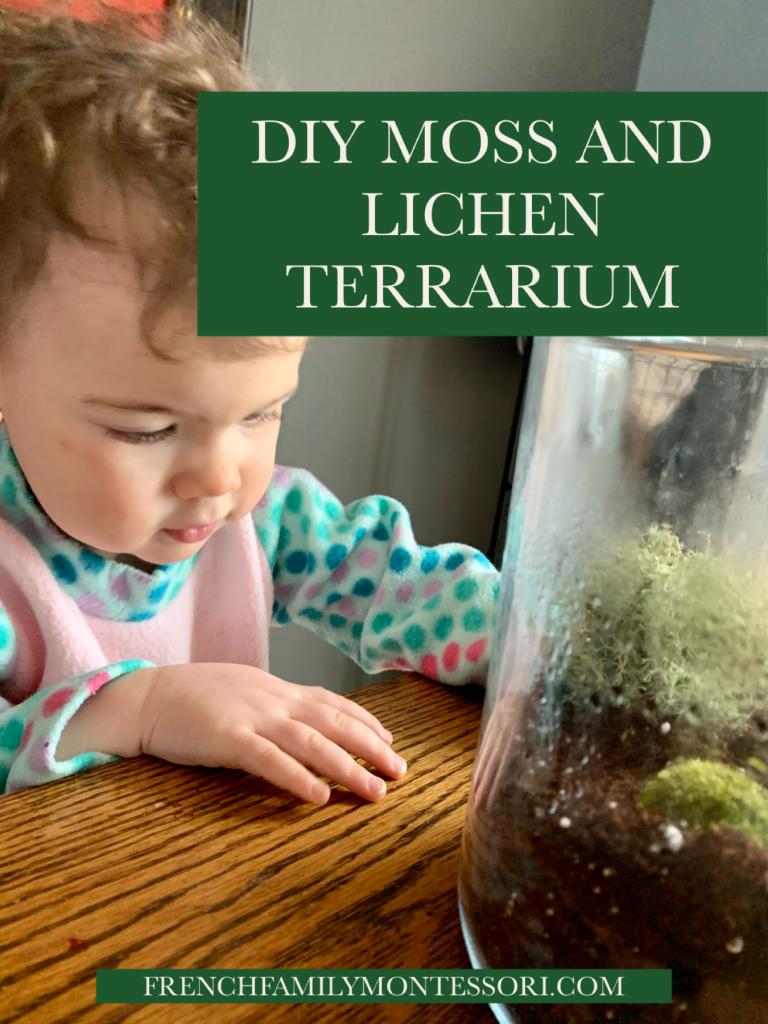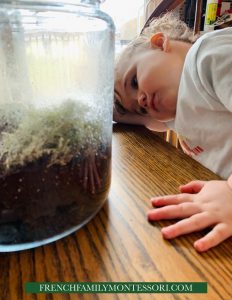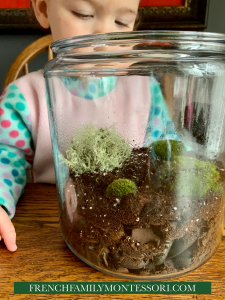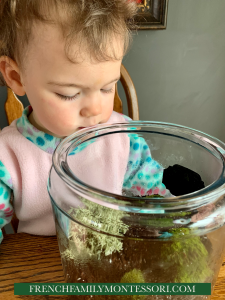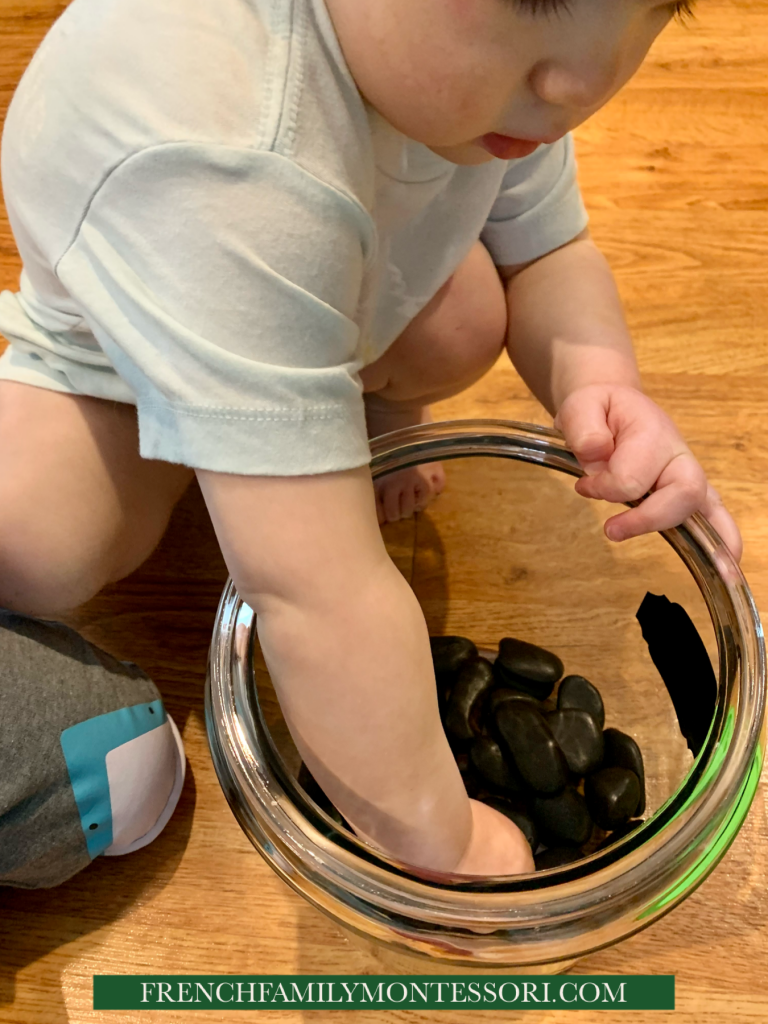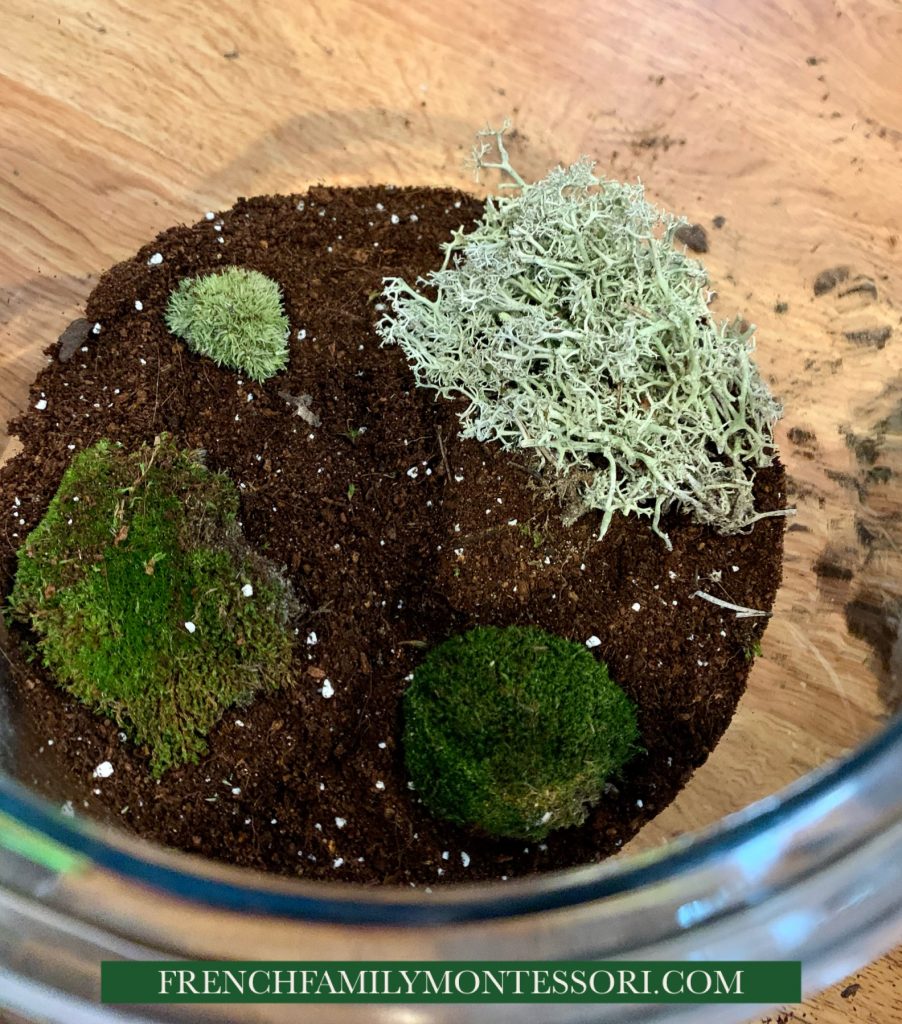Can You Put Lichen in a Terrarium? A Comprehensive Guide
Lichens are interesting mixed-living things that are made up of algae and fungi living together in harmony. Because of their complicated shapes and beautiful colors, they can look great in open indoor terrariums. But can you grow lichens in these tiny, enclosed worlds? The short answer is yes, lichens can do well in terrariums if the conditions are right.
We’ll talk about everything you need to know about adding lichens to terrariums, from choosing species that will do well together to how to care for them and show them off. Find out how to use these natural works of art in your own unique living terrarium designs by reading on.
What Are Lichens?
Before jumping into lichen terrariums, it helps to understand what exactly lichens are. Lichens arise from a mutualistic symbiosis between a fungus and an algae or cyanobacteria. The main body or thallus of a lichen consists of fungal filaments or hyphae. The algae or cyanobacteria live among the hyphae and provide food through photosynthesis.
Lichens grow on various surfaces like rocks, soil, bark, and more. They come in several different forms including:
-
Crustose – Form a crusty covering on surfaces.
-
Foliose – Leafy and lobed lichens.
-
Fruticose – Shrubby or branching lichens.
Lichens are a special kind of fungus-algae composite organisms, even though they look like mosses or small plants.
Benefits of Adding Lichens to Terrariums
There are many good reasons to consider incorporating lichens into terrarium designs:
-
Visual Interest – Lichens provide diverse colors, textures, and forms.
-
Complement Plants – Lichens naturally grow among mosses and foliage.
-
Add Height – Fruticose lichens can create vertical accents.
-
Accent Hardscape – Lichen-covered rocks or wood stand out.
-
Aged Look – Lichens give a sense of maturity to displays.
-
Natural Appeal – Lichens evoke outdoor environments like forests.
Because they are beautiful and need only a little care, lichens can make open terrariums look better.
Best Lichen Species for Terrariums
Choosing hardy lichen species suited to the warm, humid, low-light conditions inside terrariums is key. Some top options include:
-
Cladonia (Cup Lichens) – Goblet-shaped lichens in green, gray, red. Slow growing.
-
Parmotrema – Rounded foliose lichens with powdery gray-green surfaces.
-
Usnea (Old Man’s Beard) – Shaggy, hanging fruticose strands up to 6+ inches long.
-
Xanthoparmelia – Tiny yellow-green crustose lichens that form mats on rocks.
-
Peltigera – Low, furrowed blue-gray dog lichens that like moisture.
Research species’ specific light and humidity needs before selecting lichens for your terrarium.
Caring for Lichens in Terrariums
To keep lichens healthy in enclosed terrariums, focus on providing the following care:
-
Moderate to Low Light – Avoid direct sun which can dry lichens out.
-
Good Airflow – Position lichens near ventilation to prevent mold.
-
Shallow, Wide Containers – Allow air circulation to lichens’ shallow roots.
-
Sparse Watering – Mist occasionally, avoid oversaturation.
-
Trim Overgrowth – Replant trimmed strands to propagate.
-
Monitor for Pests – Watch for mites, isolate and treat affected lichens.
-
Remove Dead Material – Prevent rot from spreading.
With the right maintenance, lichens can thrive for years inside terrarium environments.
Complementary Terrarium Elements
Lichens naturally complement these terrarium materials:
-
Mosses – Grow together in nature, share moisture needs.
-
Small Ferns or Foliage – Lichens grow on plants as epiphytes.
-
Succulents – Contrasting rosette shapes and textures.
-
Rocks, Concrete, Gravel – Mimic natural rocky substrates.
-
Wood, Cork, Rotting Wood – Recreate a lichen-dotted forest floor.
-
Figurines, Miniatures – Enhance the mini-world effect.
Blending lichens with other compatible elements creates a well-balanced terrarium habitat.
Bringing Nature Indoors with Lichen Terrariums
With proper selection of hardy species adapted to the warm, humid terrarium environment, lichens can be successfully cultivated in open indoor gardens. Their incredible diversity and natural beauty make them a wonderful addition to living terrariums. Carefully tend to lichens’ moisture, light, and ventilation needs to keep them healthy. Pair lichens with mosses, plants, rocks, wood, and decor to design your own wondrous lichen terrarium. Let these composite organisms work their magic to bring a piece of nature’s art into your home.

